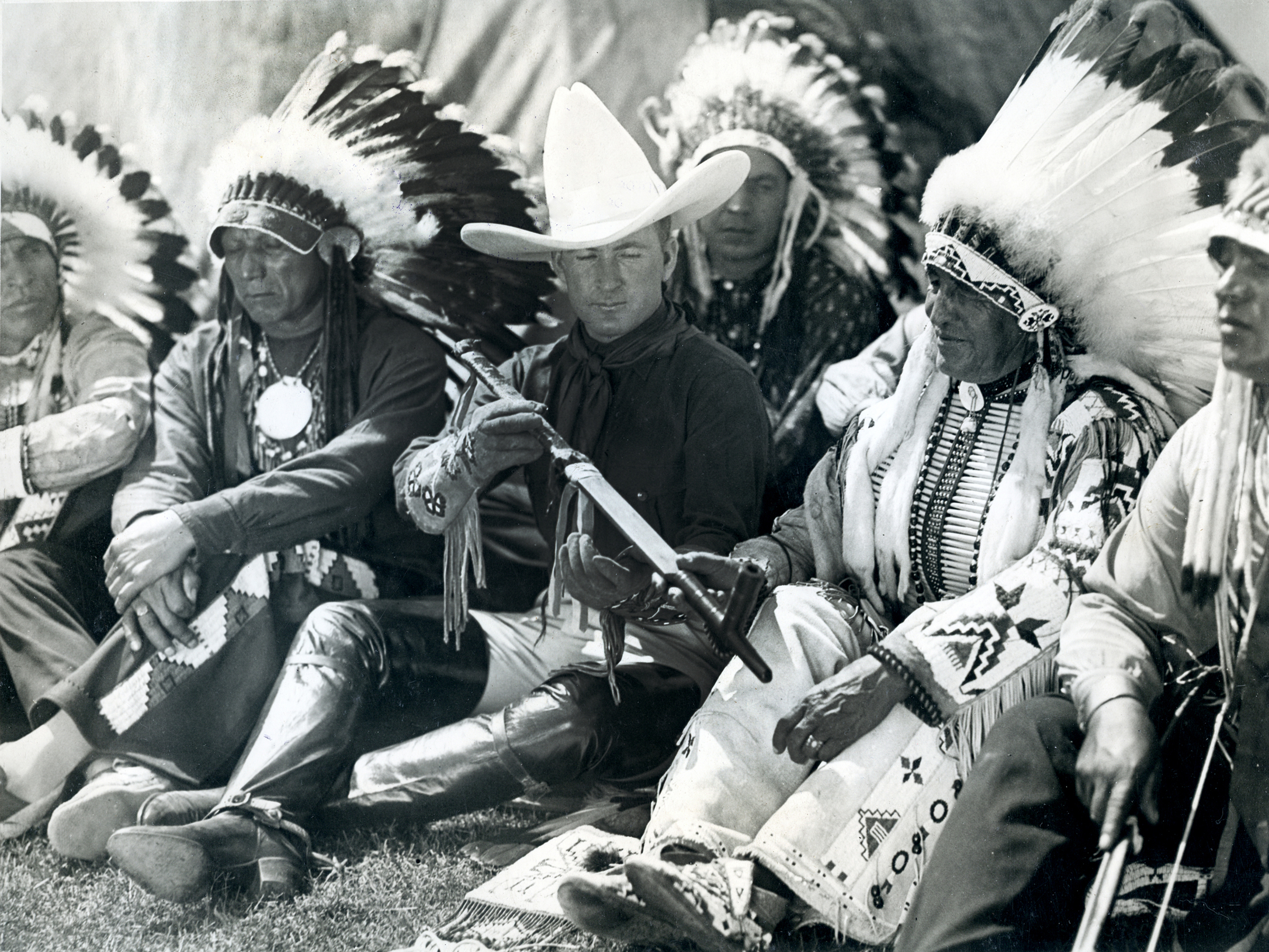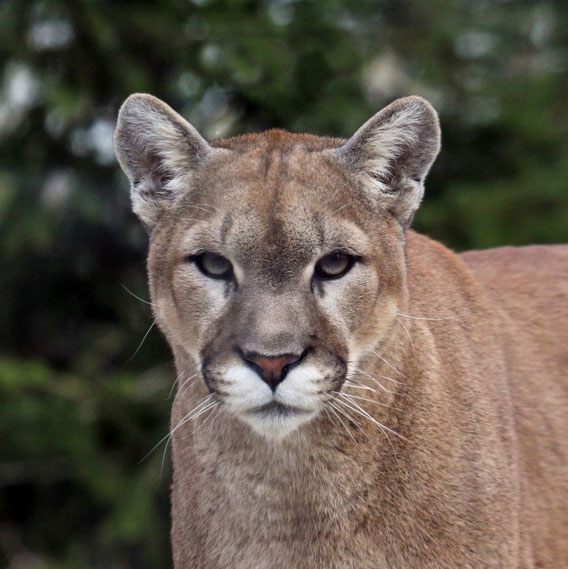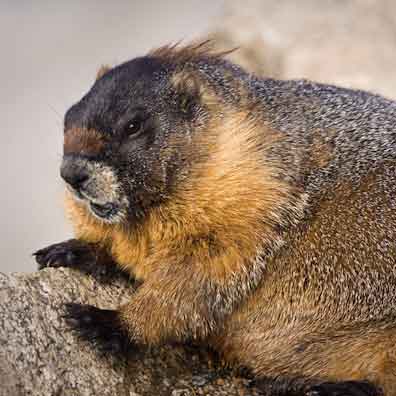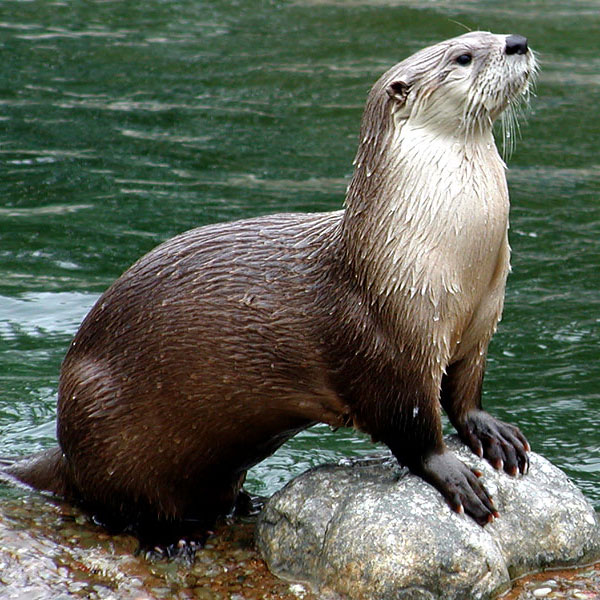Paleo-Indians &
Native Americans
Paleo-Indian presence in what is now Grand Teton National Park dates back more than 11,000 years. Jackson Hole valley climate at that time was colder and more alpine than the semi-arid climate found today, and the first humans were migratory hunter gath- erers spending summer months in Jackson Hole and wintering in the valleys west of the Teton Range. Along the shores of Jackson Lake, fire pits, tools and what are thought to have been fishing weights have been discovered. One of the tools found is of a type associated with the Clovis culture, and tools from this cultural period date back at least 11,500 years. Some of the tools are made of obsidian which chemical analysis indicates came from sources near present-day Teton Pass, south of Grand Teton National Park. Though obsidian was also available north of Jackson Hole,
virtually all the obsidian spear points found are from a source to the south, indicating that the main seasonal migratory route for the Paleo-Indian was from this direction. Elk, which winter on the National Elk Refuge at the southern end of Jackson Hole and northwest into higher altitudes during spring and summer, follow a similar migratory pattern to this day. From 11,000 to about 500 years ago, there is little evidence of change in the migratory patterns amongst the Native American groups in the region and no evidence that indicates any permanent human settlement.
When white American explorers first entered the region in the first decade of the 19th century, they encountered the eastern tribes of the Shoshone people. Most of the Shoshone that lived in the mountain vastness of the greater

Members of the Soshone tribe share a peace pipe with their cowboy guest
Yellowstone region continued to be pedestrian while other groups of Shoshone that resided in lower elevations had limited use of horses.When white American explorers first entered the region in the first decade of the 19th century, they encountered the eastern tribes of the Shoshone people.









